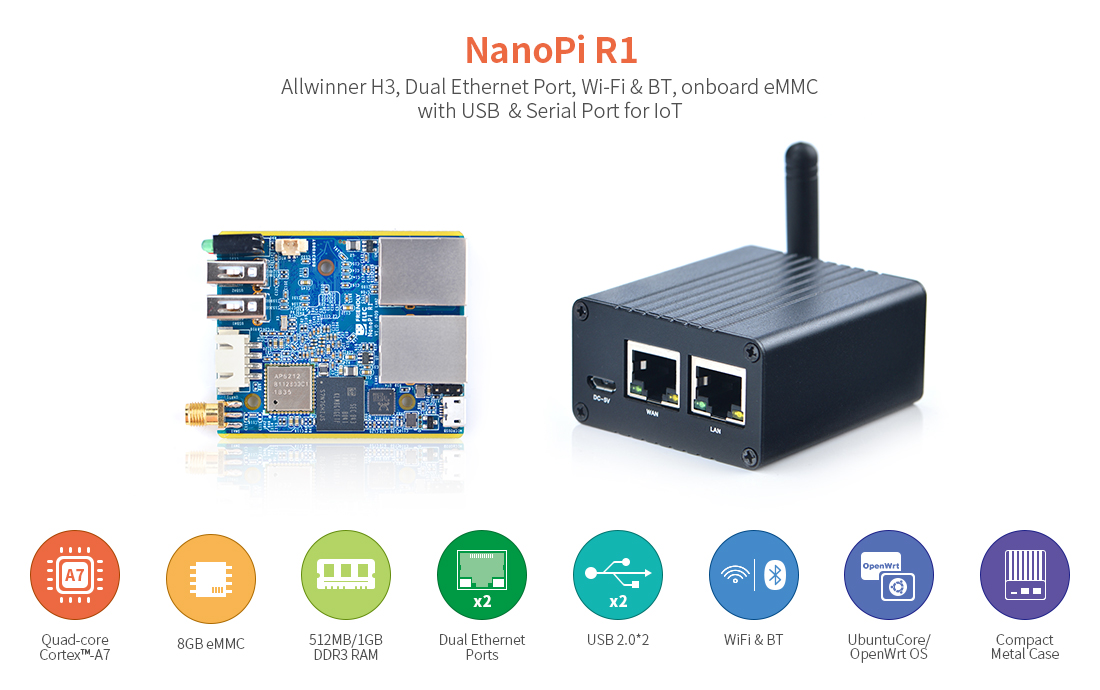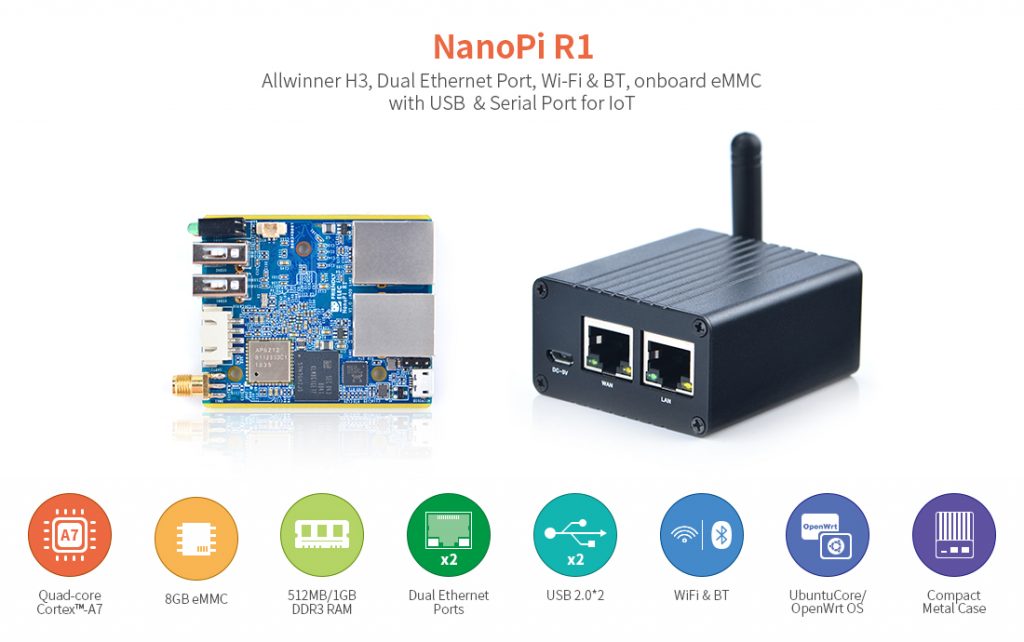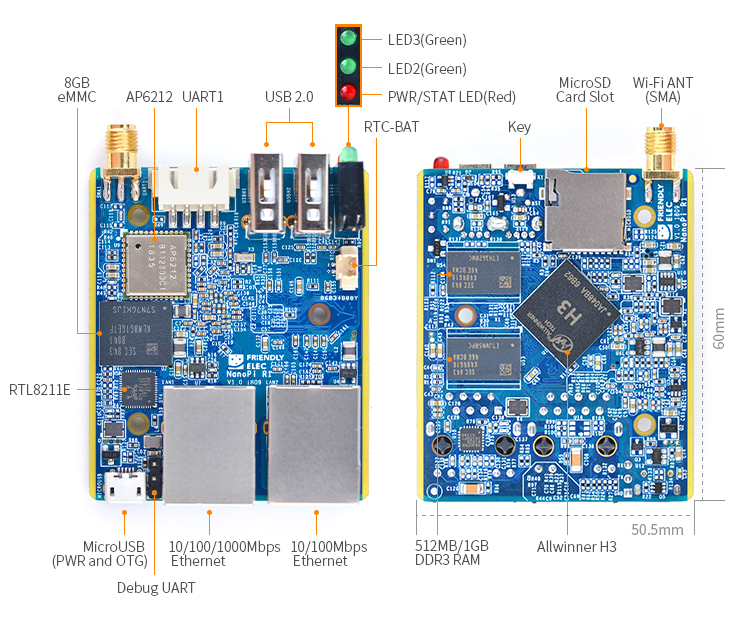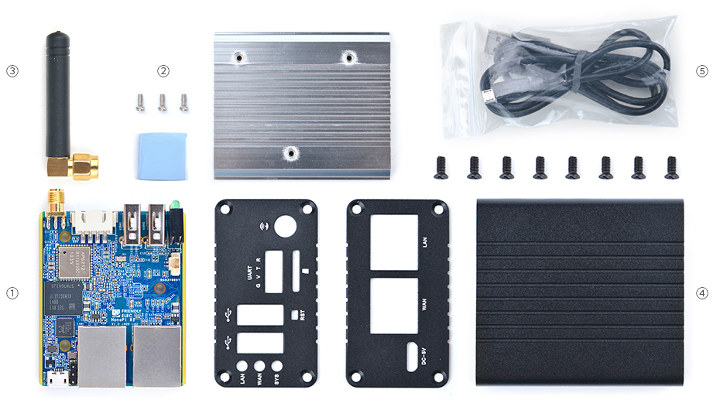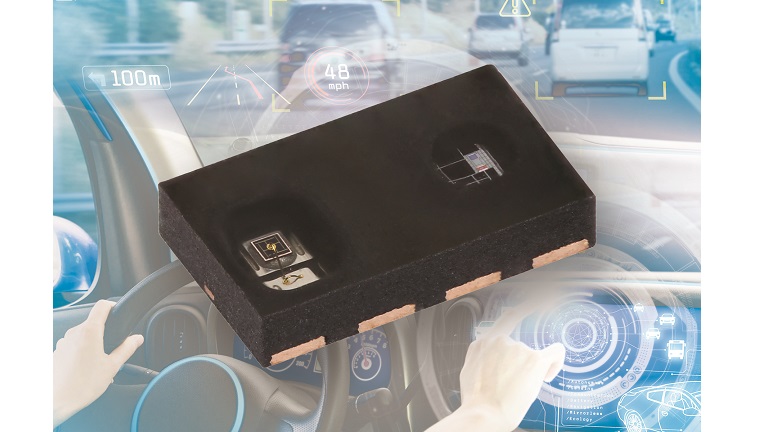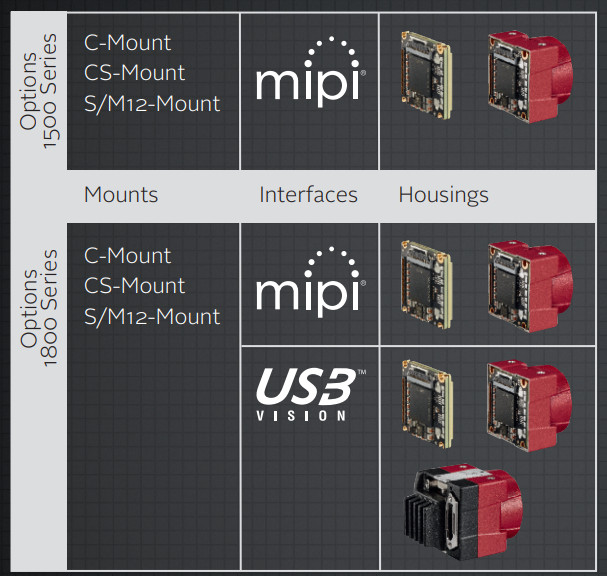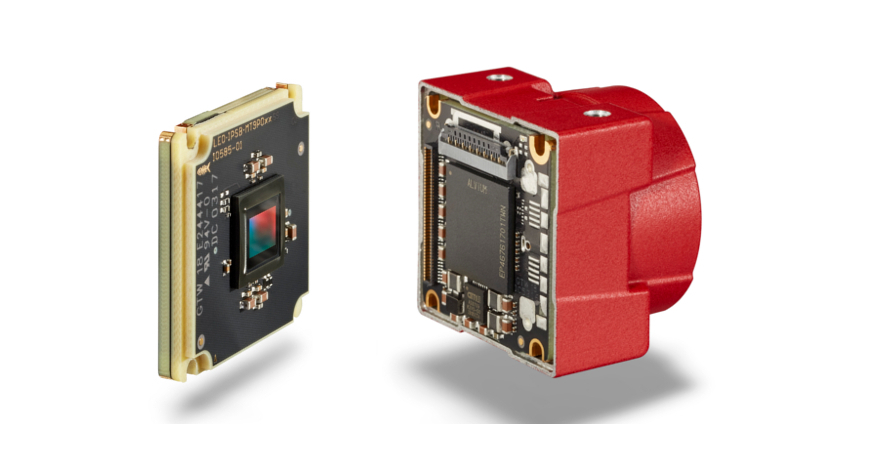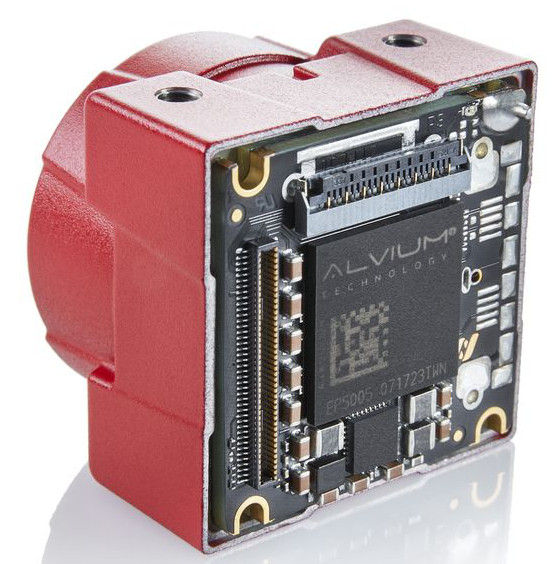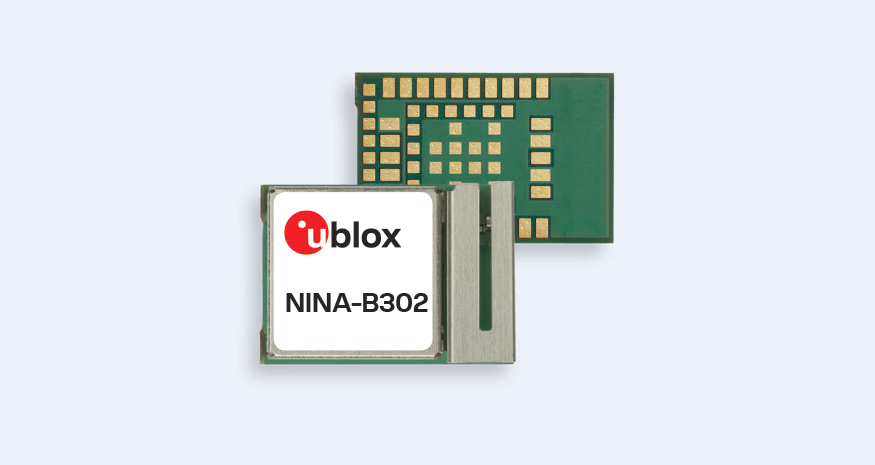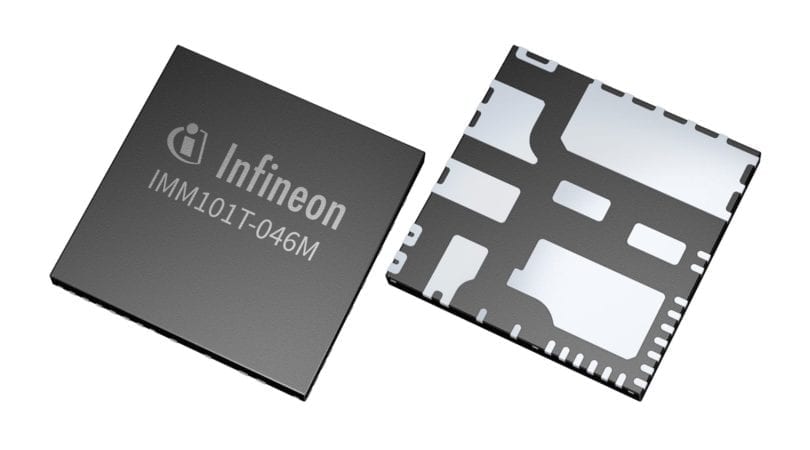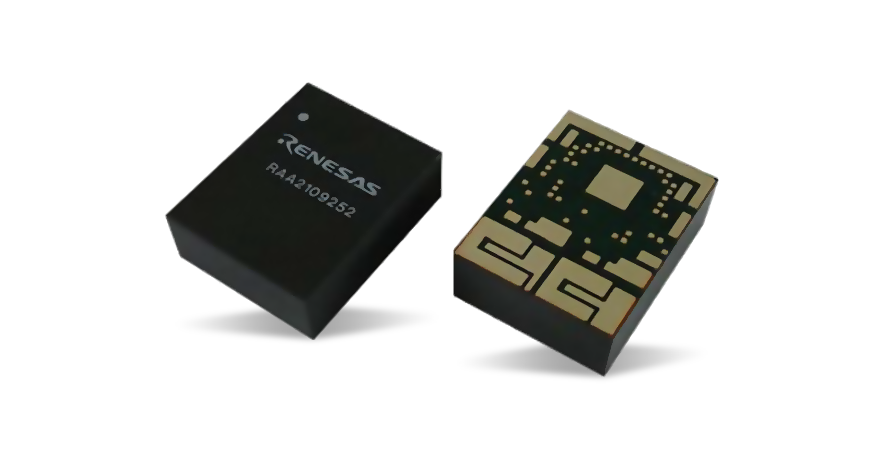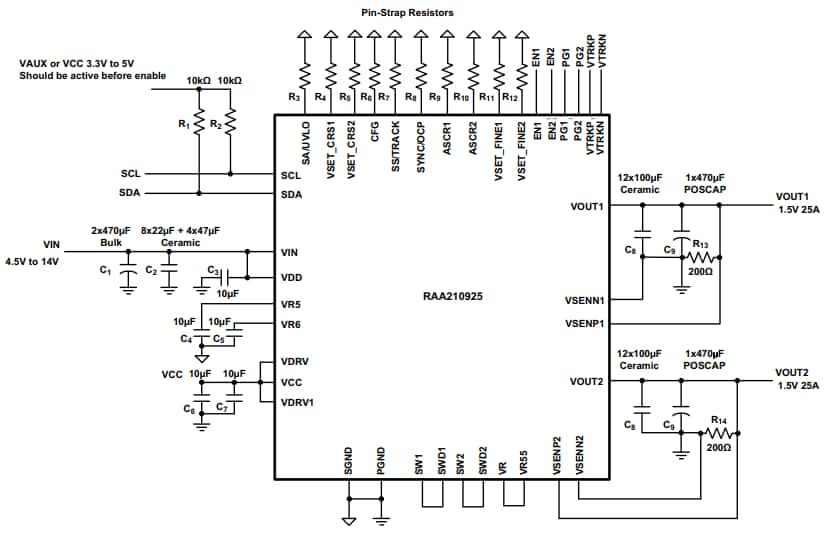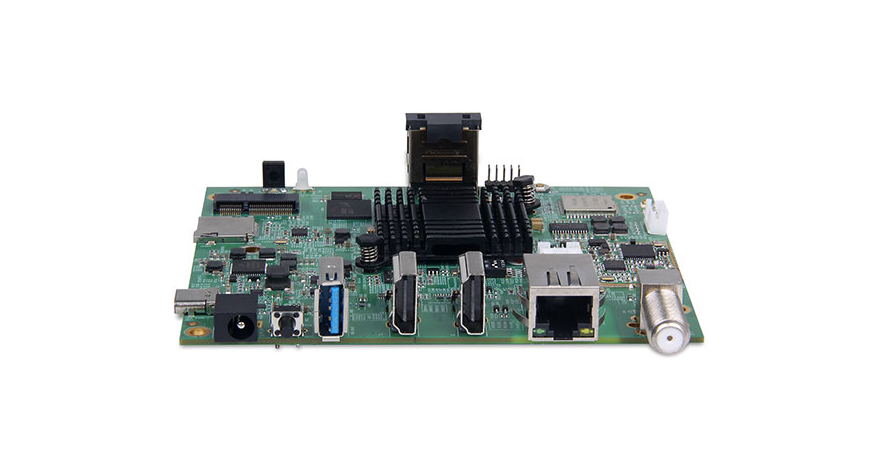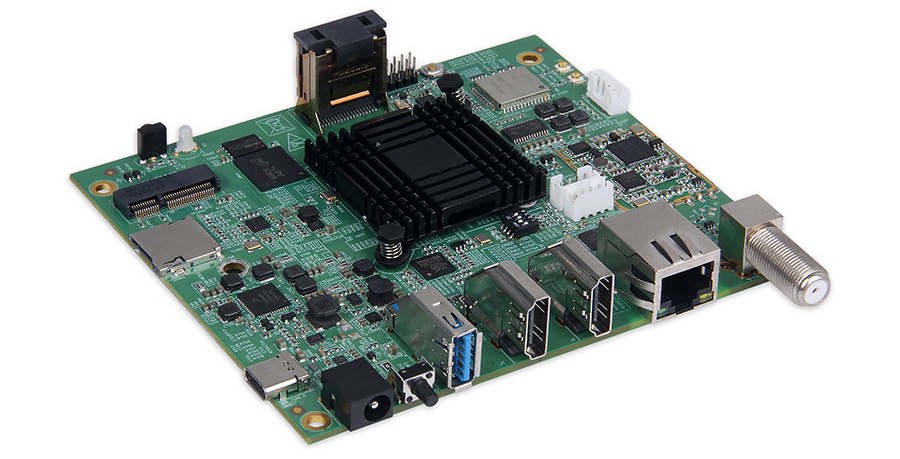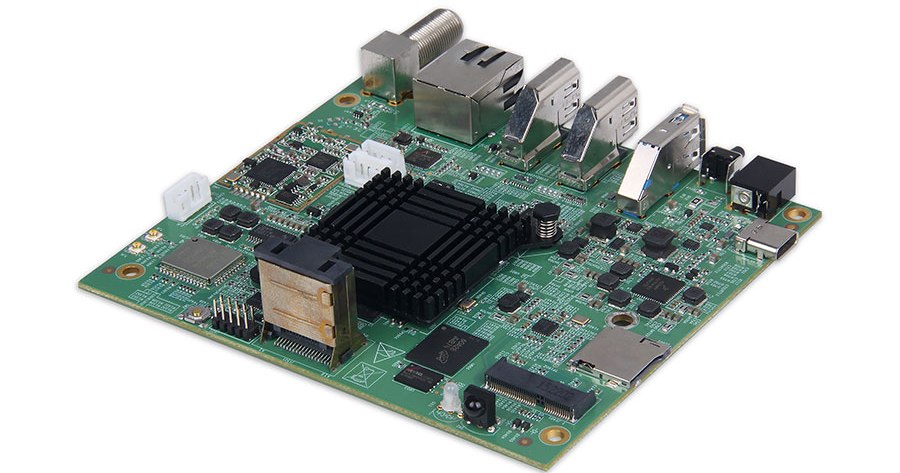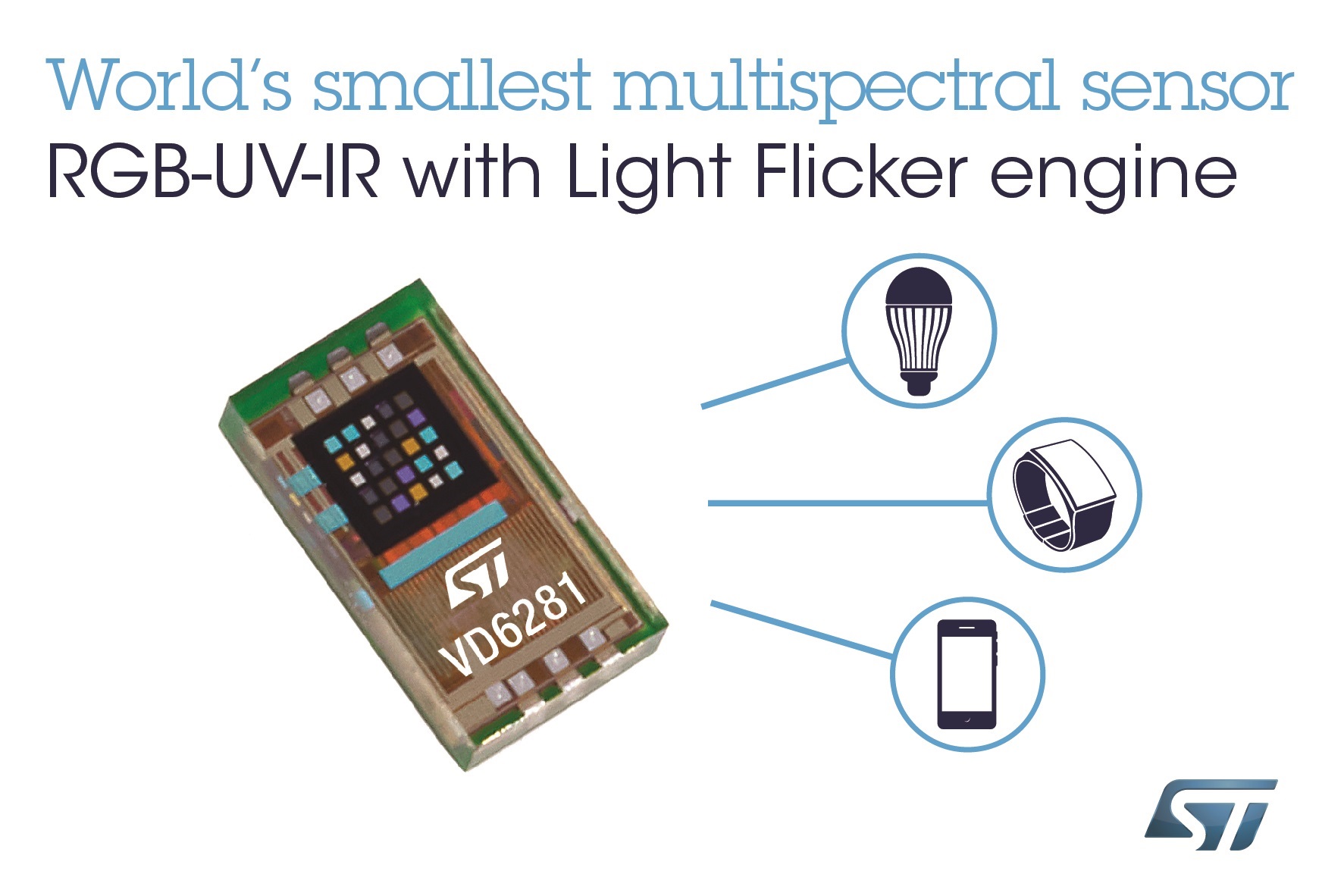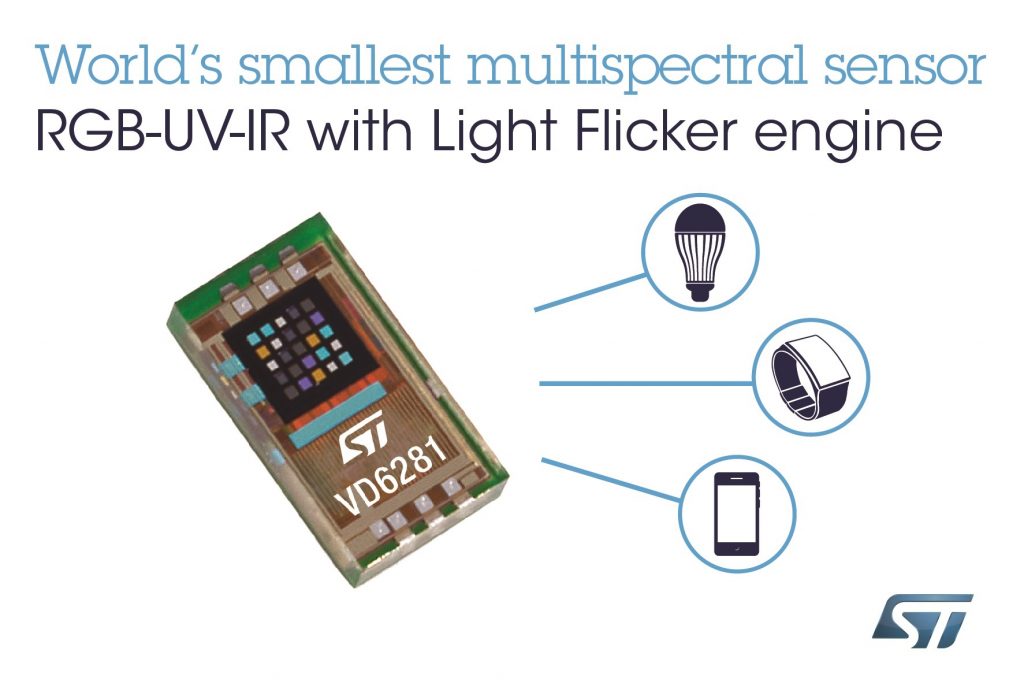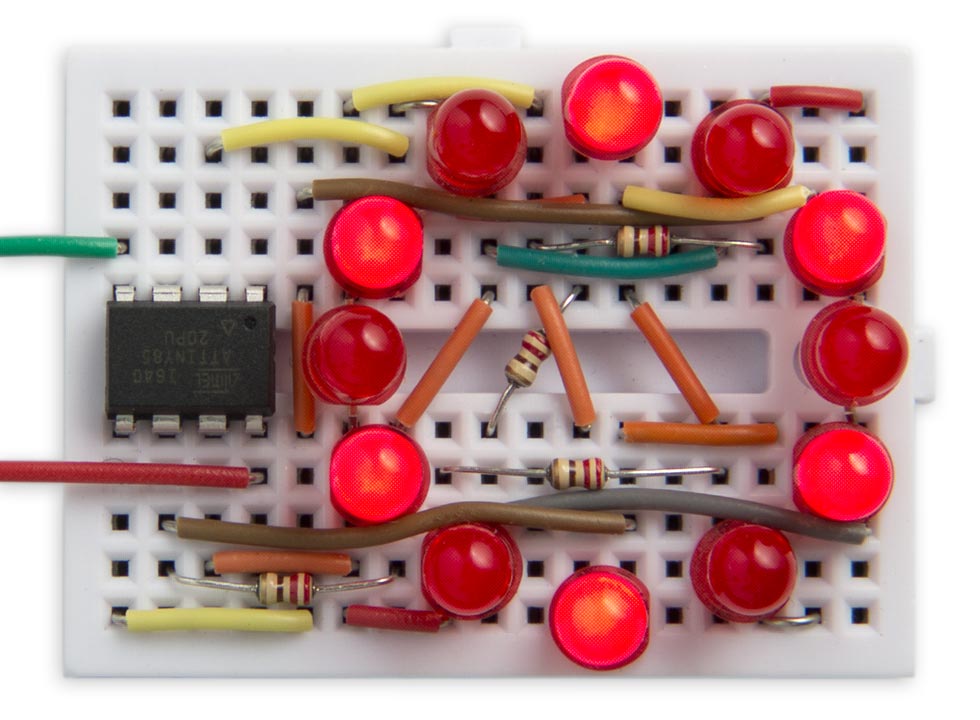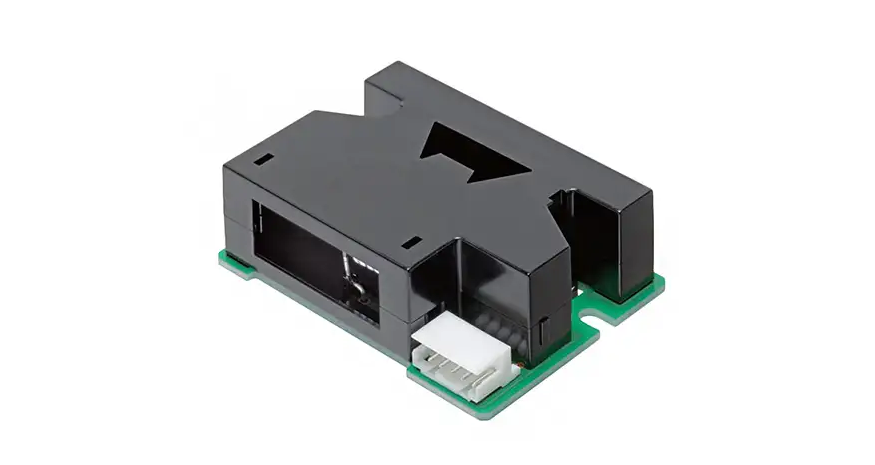FriendlyElec’s new 60 x 55.5mm “NanoPi R1” SBC runs Linux on a quad -A7 Allwinner H3 and offers GbE and Fast Ethernet ports, WiFi/BT, 3x USB ports, and a standard metal case with antenna. It is also coupled with 512MB or 1GB memory, and an onboard 2.4G Wi-Fi module. FriendlyElec ported OpenWRT to the R1. With some additional settings it will work like a router.Its good networking performance and features make it a good platform for various network applications.
The company provides multiple operating systems: U-boot 2017-11, Linux 4.14, Ubuntu-Core 16.04, and OpenWrt for NanoPi R1 gateway, and you’ll find links and resources to get started in the Wiki.
NanoPi R1 specifications
- SoC – Allwinner H3 quad-core Arm Cortex-A7 processor @ up to 1.2GHz with Mali-400MP2 GPU
- System Memory – 512MB or 1GB DDR3 RAM
- Storage – MicroSD Slot, optional 8GB eMMC flash
- Connectivity
- 1x Gigabit Ethernet, 1x Fast Ethernet
- 802.11b/g/n WiFi 4 with SMA antenna interface
- Bluetooth 4.0 dual mode (Classic / LE)
- USB – 2x USB Type-A host ports, 1x micro USB OTG port
- Debugging – 3-pin 2.54mm pitch header for serial console
- Serial – 4-pin 2.54mm pitch UART header (compatible with Seeed Studio Grove modules?)
- Misc – 3x LEDs, 1x user key/reset button
- Power Supply – DC 5V/2A via micro USB port
- Dimensions – 60 x 50.5mm
- Temperature Range – -40℃ to 80℃
The NanoPi R1 is available with 512MB RAM ($29) and 1GB RAM/8GB eMMC ($39) plus shipping. More information may be found on FriendlyElec’s NanoPi R1 shopping page.


